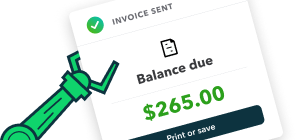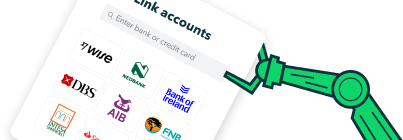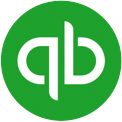For Accountants and other professionals, their LinkedIn profiles are one of the top sites used to research their services, so it’s important to have the top 10 Linkedin profile aspects in tip-top shape!
Click on the links below to jump ahead or follow our guide to learn:
- Why LinkedIn is important for accountants
- 1. Use a professional profile picture
- 2. Create a custom headline
- 3. Use your summary
- 4. Highlight your experience
- 5. Showcase your skills
- 6. Highlight your education and qualifications
- 7. Ask for recommendations
- 8. Use a premium account
- 9. Grow your connections to 500+
- 10. Include a call to action
- Grow your accounting practice with QuickBooks
 See your latest financial data
See your latest financial data




